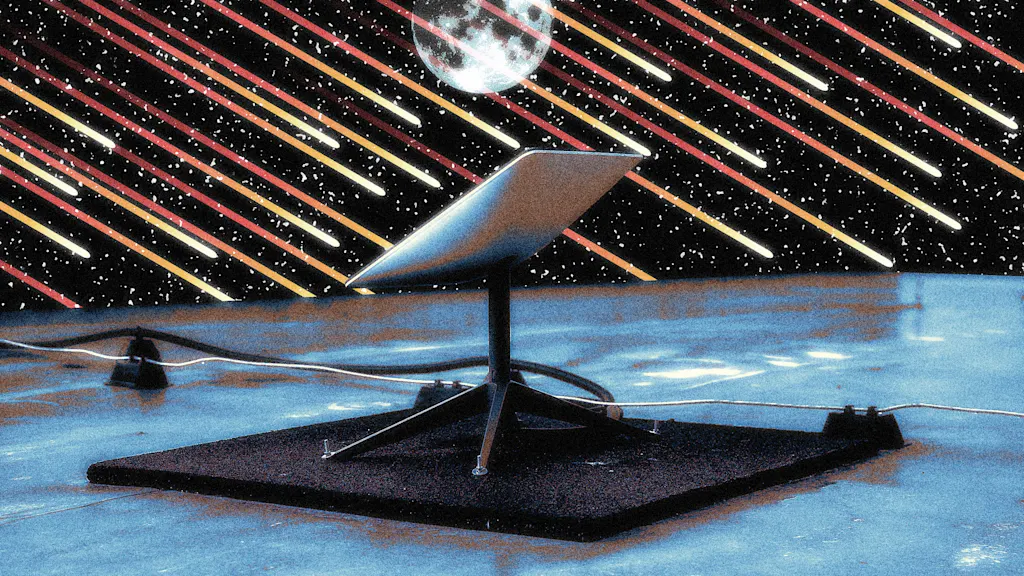
"SpaceX's Starlink orbital internet satellites are falling out of low earth orbit at an increasingly alarming rate, with one to two satellites now reentering Earth's atmosphere every single day. According to Harvard-Smithsonian Center astrophysicist Jonathan McDowell, that number will only go up as more satellites end their useful lifetime and the low earth orbit (LEO) constellation numbers skyrocket. This is as much a design problem as anything."
"While the numbers vary, right now there are around 10,200 active satellites in low earth orbit. Of those, about 8,475 are Starlinks. In other words, about 80% of all those satellites belong to Elon Musk's company. By 2030, the European Space Agency expects the number of satellites in LEO will increase to about 100,000. This is mostly thanks to SpaceX-which plans, pending regulatory approval, to expand its fleet to a staggering 42,000 satellites-but also to Starlink-clone networks like Jeff Bezos's 3,200-satellite Kuiper, and the Chinese GuoWang and Qianfan, which plan to launch a total of 18,000 units combined."
"These vehicles are essentially falling around the Earth, inches at a time. But even at that altitude, the thin atmosphere creates drag, with air particles hitting and slowing the satellites down. To compensate, they fire up their onboard krypton and argon thrusters, which lift them up to maintain their orbital path. When the fuel runs out, the satellite can no longer boost, its orbit decays, and it comes crashing down."
Starlink satellites are reentering low Earth orbit at rising rates, currently about one to two per day and expected to increase as more reach end-of-life. There are roughly 10,200 active satellites in LEO, about 8,475 of which are Starlinks, representing about 80% of the total. The ESA projects around 100,000 satellites in LEO by 2030 as SpaceX, Amazon's Kuiper, and Chinese networks expand. Each Starlink has a roughly five-year lifespan; atmospheric drag requires krypton and argon thrusters to maintain orbit, and fuel depletion leads to orbital decay. SpaceX performs controlled de-orbits aimed at empty ocean areas to reduce uncontrolled entries.
Read at Fast Company
Unable to calculate read time
Collection
[
|
...
]